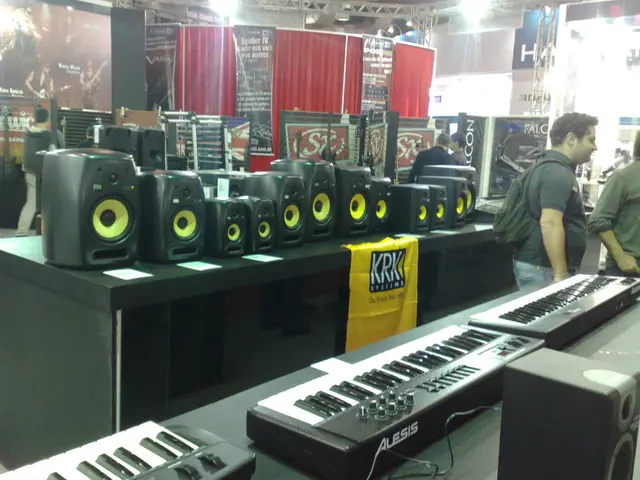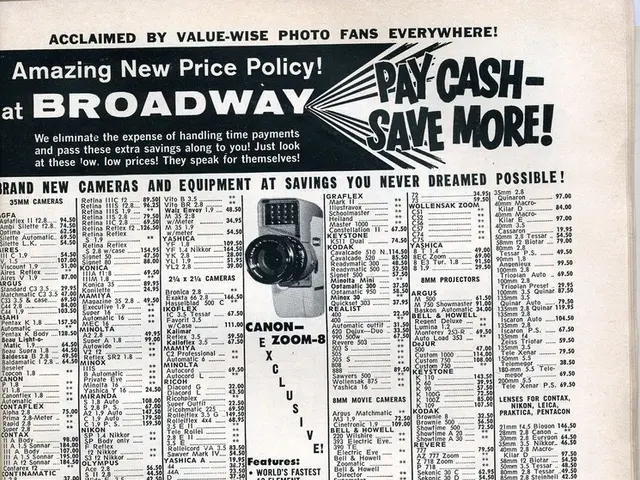Confidential Info: Your Gathering Space Unveiled
In the hybrid work era, where both in-person and remote participation are expected to remain, creating the perfect conference room setup is crucial for employee satisfaction and productivity.
When it comes to choosing the right display, several factors come into play. The aspect ratio of the display is one such consideration. The 16:9 aspect ratio, traditionally used in video conferencing platforms and content formats, is generally best suited for conference rooms. However, the 21:9 aspect ratio, with its broader canvas, is growing in popularity, particularly for those using Microsoft Teams. Migas advocates for the use of the 16:9 aspect ratio but acknowledges the growing demand for 21:9 displays.
For design-focused presentations, the 21:9 aspect ratio offers additional horizontal screen space, beneficial for presentations featuring wider content. On the other hand, the 16:9 aspect ratio is compatible with most video conferencing platforms, making it a practical choice for conference rooms. The number of participants in the room and remote access should also be considered. Market trends towards 21:9 aspect ratios may be influenced by better support for Microsoft Teams, but are not yet the standard.
Single-panel displays are more accessible due to budget constraints, but have size limitations for larger spaces. They offer advantages such as a bezel-less design, ease of installation, front serviceability, and image quality suitable for office content. All-in-one displays can be mounted on the wall or on a movable stand, and accommodate displays of any size requested by the customer. Some products, like LG all-in-one displays, need additional space due to their unique wall mounting method.
Video walls provide larger images, but the product-dot pitch selection is critical for applications where users are close to the image. They have a larger entry cost, require more specialized installation labor, and support needs to be planned in advance. However, they offer scalability, as more panels can be added as needed. Video walls also have an array of available mounting options, including curved and corner panel options. Dogancay recommends articulating arms for both ease of installation and maintenance, with displays up to 65 inches on articulating arms for day-to-day use.
Effective integration and optimal viewing experience for video walls require professional guidance and meticulous planning. The physical layout of the room also plays a role in the choice of display, as it should fit within the room's design without obstructing viewing or interfering with the room's acoustics.
The integration of the display with existing AV equipment, videoconferencing systems, and control systems should be seamless. dvLED video walls offer flexibility, adaptability to various spaces and layouts, superior image quality, color uniformity, and brightness, even in well-lit environments.
In conclusion, the choice between an LED panel and a video wall for a conference room depends on the size of the room, budget, content requirements, and compatibility with existing AV equipment. Whether you opt for a single-panel display, all-in-one display, or a video wall, ensuring a seamless integration and optimal viewing experience is key to creating a productive conference room setup in the post-pandemic era.




